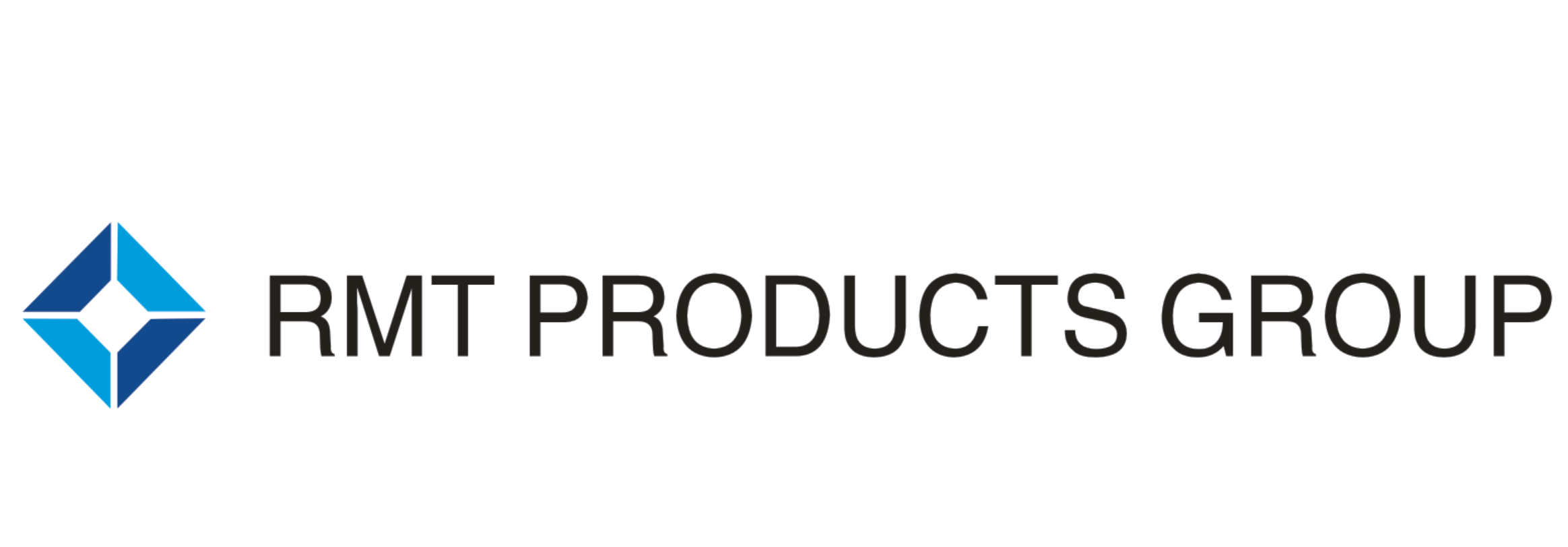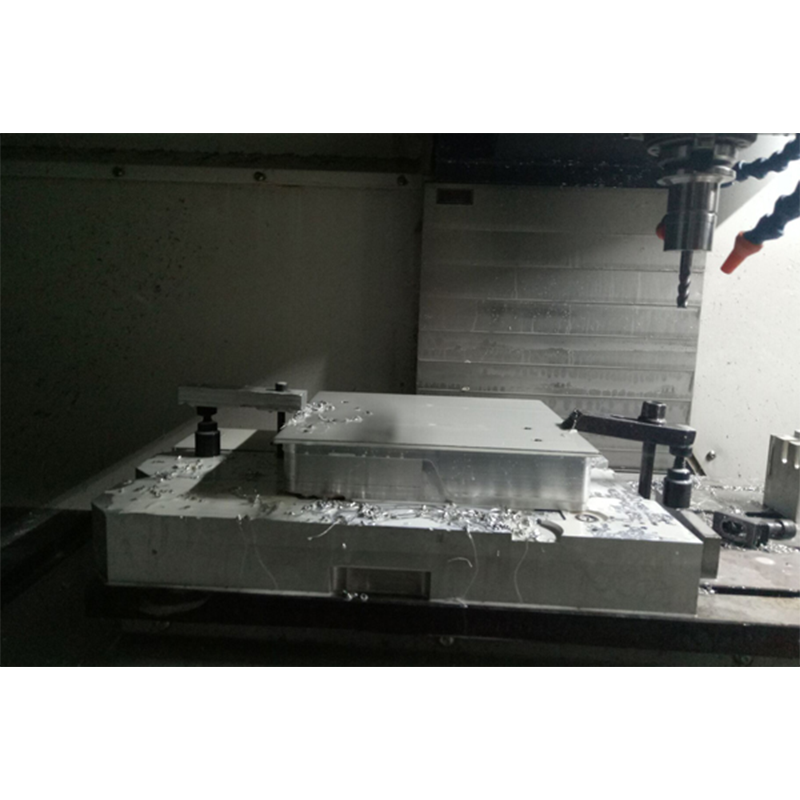Quality CNC Machining Services for Custom Alloy Parts
Precision CNC Machining for Custom Alloy Components
Benefits of Integrated Turning, Milling & Welding Services
When it comes to making precision parts, integrated machining services covering turning, milling and welding provide a much smoother workflow compared to traditional methods. Getting everything done at one facility cuts down on wasted time and money because there's no need to ship parts back and forth between multiple shops. We've seen firsthand how moving parts between different suppliers leads to alignment issues and measurement problems that nobody wants to deal with. Keeping all these processes inside our own shop means tighter tolerances and better quality checks throughout the whole manufacturing cycle. For clients in sectors like aerospace where even tiny deviations matter, this kind of integration isn't just nice to have it's practically essential for staying competitive in today's market.
Tolerance Standards for Aerospace & Automotive Applications
Both aerospace and automotive industries have strict tolerance requirements when it comes to part manufacturing, primarily because safety and performance cannot be compromised. Parts used in aircraft typically need incredibly tight tolerances, sometimes as narrow as plus or minus 0.001 inch, something that's pretty much non-negotiable given FAA regulations and the high stakes involved in aviation safety. Automotive manufacturing isn't quite so exacting, though precision remains critical. The tolerances here can be a bit looser compared to aerospace specs, but they still need clear definitions so all components fit together properly without causing mechanical issues down the road. For companies wanting to get their foot in the door of either sector, meeting standards like AS9100 in aerospace or IATF 16949 for cars is practically table stakes nowadays. Beyond just ticking boxes, following these guidelines builds confidence among engineers and end users alike who know what to expect from certified components year after year.
RMT's Custom CNC Machining Solutions
Robotic Aluminum Alloy Parts with Black Oxide Coating
When manufacturers bring robotic systems into their workflow, they see real improvements in both quality and consistency when making aluminum alloy parts. These machines just don't make the same kinds of mistakes humans do, which makes everything run smoother on the factory floor. Black oxide coatings also matter quite a bit for these components. They protect against rust while giving them that nice dark finish many customers prefer. But it's not just about looks either. The whole machining process becomes way more efficient with robots handling things. Production speeds pick up and money stays in the company's pocket instead of going out the door. For businesses needing exact measurements and dependable results day after day, this kind of tech has become essential across fields like aircraft manufacturing and car production.
Multi-Axis Machining & High-Pressure Coolant Systems
Multi axis CNC machining changes how we make complicated shapes because it lets manufacturers work on all sides without moving the part around. What this means is faster production times without sacrificing accuracy something that matters a lot in sectors where precision counts, think aerospace components or engine parts for cars. Don't forget about those high pressure coolant systems either they really extend how long tools last and give better surface finishes on what gets produced. When coolant flows properly during cutting operations, machines run smoother and produce higher quality results. Modern CNC tech makes sure even super complicated designs can hit those tough standards set by industries looking for parts that won't fail under stress or wear out quickly.
Surface Treatment Options: Anodizing to Laser Etching
Getting the surface treatment right makes all the difference when it comes to how long CNC machined parts will last and how well they perform. Anodizing stands out because it boosts resistance against corrosion and wear, plus it lets manufacturers add color choices which really matters for products customers actually see and touch. Laser etching works differently but just as effectively for marking parts. It creates detailed, lasting designs or company logos that won't fade away easily. When looking at which treatment to choose, manufacturers need to think about where the part will be used and what conditions it might face. Parts exposed to harsh environments require different treatment than those in controlled settings. Matching the surface treatment specifically to what the part needs does wonders for both its lifespan and appearance, something any manufacturer worth their salt knows from experience.
Material Selection for High-Performance Alloy Parts
Aluminum 6061 vs 7075 for Structural Components
Knowing what materials can do makes all the difference when picking out the correct aluminum alloy for building parts. Take 6061 aluminum for instance it works great because it bends without breaking and stands up against rust, so many builders go with this one for structures they need to last. What sets it apart is how it handles stress while still being flexible enough for different kinds of jobs across industries. Then there's 7075 aluminum which packs way more punch in terms of strength, though it breaks sooner under pressure and costs a lot more money. That's why engineers often reserve this stuff for places where things get really intense, think airplane parts or race car frames. Anyone working on a project needs to look closely at specs like how much force something can handle before snapping, plus how long it will hold up over time. Getting this right affects not just how well something performs but also whether the whole operation stays within budget.
Stainless Steel & Titanium Alloys in Precision Fabrication
In precision fabrication work, stainless steel and titanium alloys play important roles across various sectors including automotive manufacturing and aircraft production. Stainless steel stands out because it resists corrosion well while maintaining good strength properties, so it gets used frequently in parts that need to last long under tough conditions. For aerospace applications though, titanium alloys often come into play due to their combination of light weight and impressive strength relative to their mass. Weight matters a lot in aviation design after all. When deciding between these materials, engineers look at what the part needs to do specifically. Things like how much stress it will handle, what kind of environment it faces daily, plus any regulations governing its use all factor into the decision process. Both metals bring something different to the table, so picking the right one isn't just about cost but also about matching performance characteristics to actual job requirements on the factory floor.
Quality Assurance in Custom Alloy Machining
ISO 9001-Certified Inspection Processes
Getting ISO 9001 certified shows a business really cares about quality management systems and wants to keep production standards high. The certification process includes ongoing audits and compliance checks that make sure machining operations actually hit those customer specs and follow all the regulations they need to. When companies go through this ISO stuff, they tend to see better customer happiness rates and their day-to-day operations run smoother too something that keeps them ahead of the pack in tough markets. Focusing so much on strict quality control builds real trust with clients and makes the whole manufacturing setup more reliable. This matters a lot in sectors where even small mistakes cost big money, think automotive components or when working with precision sheet metal fabrication projects where tolerances are razor thin.
CMM Measurement & Surface Roughness Validation
Coordinate Measuring Machines (CMMs) are essential tools that provide accurate dimensional measurements needed to check tolerances and maintain quality standards in custom alloy machining operations. These machines let manufacturers compare actual part dimensions directly with design blueprints, which helps ensure components meet exact specifications when they leave the shop floor. Surface roughness checks matter just as much because they tell engineers whether a component will function properly under real world conditions. When shops incorporate both types of measurements into their workflow, it creates a stronger focus on quality throughout production. This attention to detail cuts down on wasted materials from rework and keeps customers happy with consistent results. For industries relying heavily on precision work like rapid prototyping shops or CNC machining centers, getting these measurements right isn't optional it's absolutely necessary for delivering products that perform as expected.

 EN
EN
 AR
AR
 BG
BG
 HR
HR
 CS
CS
 DA
DA
 NL
NL
 FI
FI
 FR
FR
 DE
DE
 EL
EL
 IT
IT
 JA
JA
 KO
KO
 NO
NO
 PL
PL
 PT
PT
 RO
RO
 RU
RU
 ES
ES
 SV
SV
 IW
IW
 LV
LV
 SR
SR
 SK
SK
 UK
UK
 GL
GL
 HU
HU
 TH
TH
 TR
TR
 FA
FA
 GA
GA
 CY
CY
 EU
EU
 BN
BN
 BS
BS
 LA
LA
 NE
NE
 SO
SO
 KK
KK












